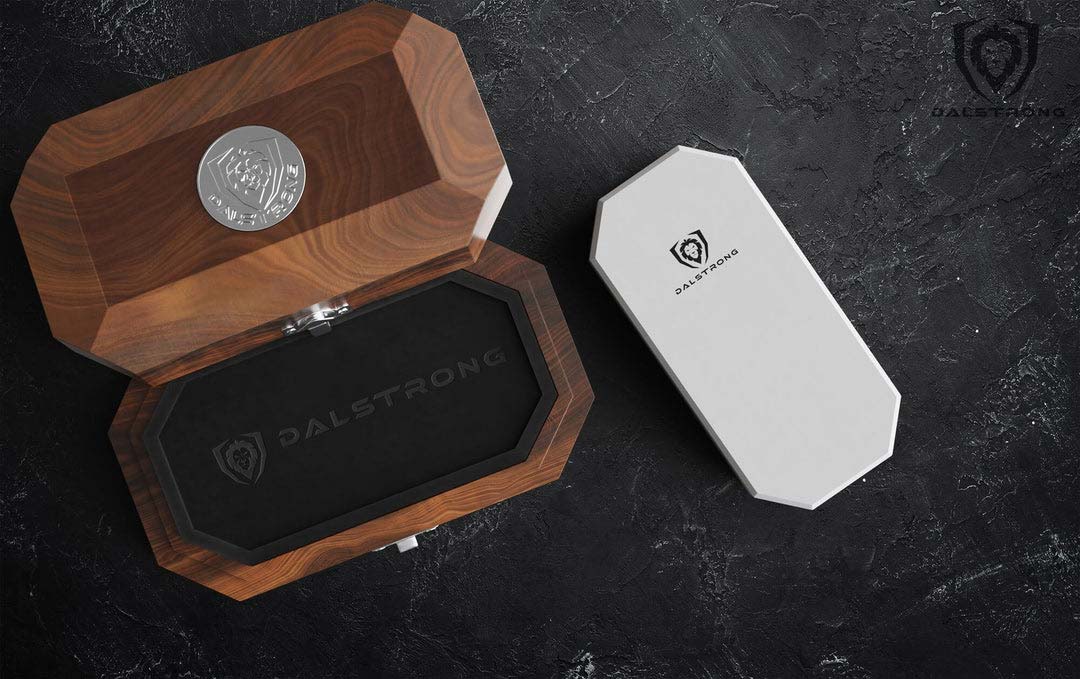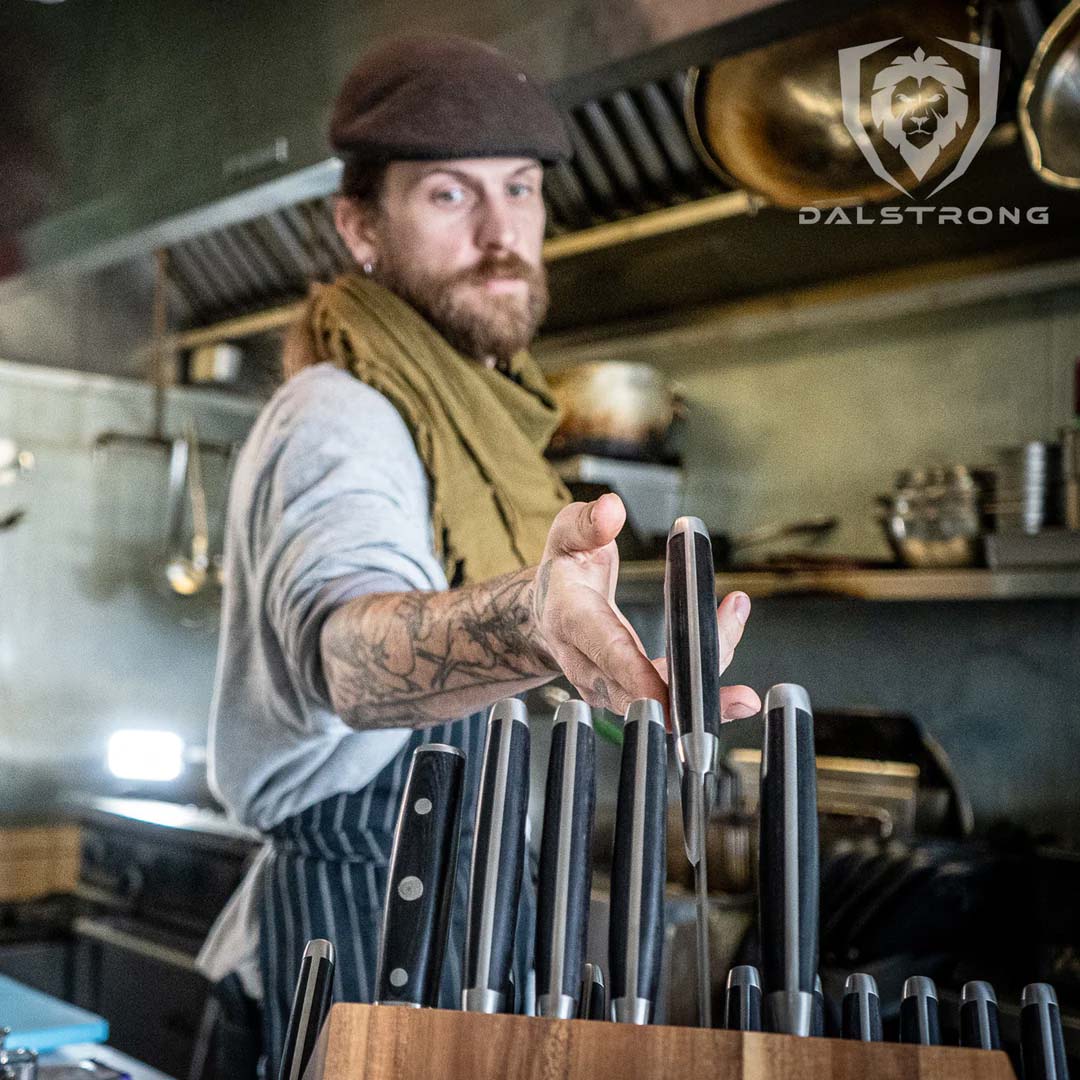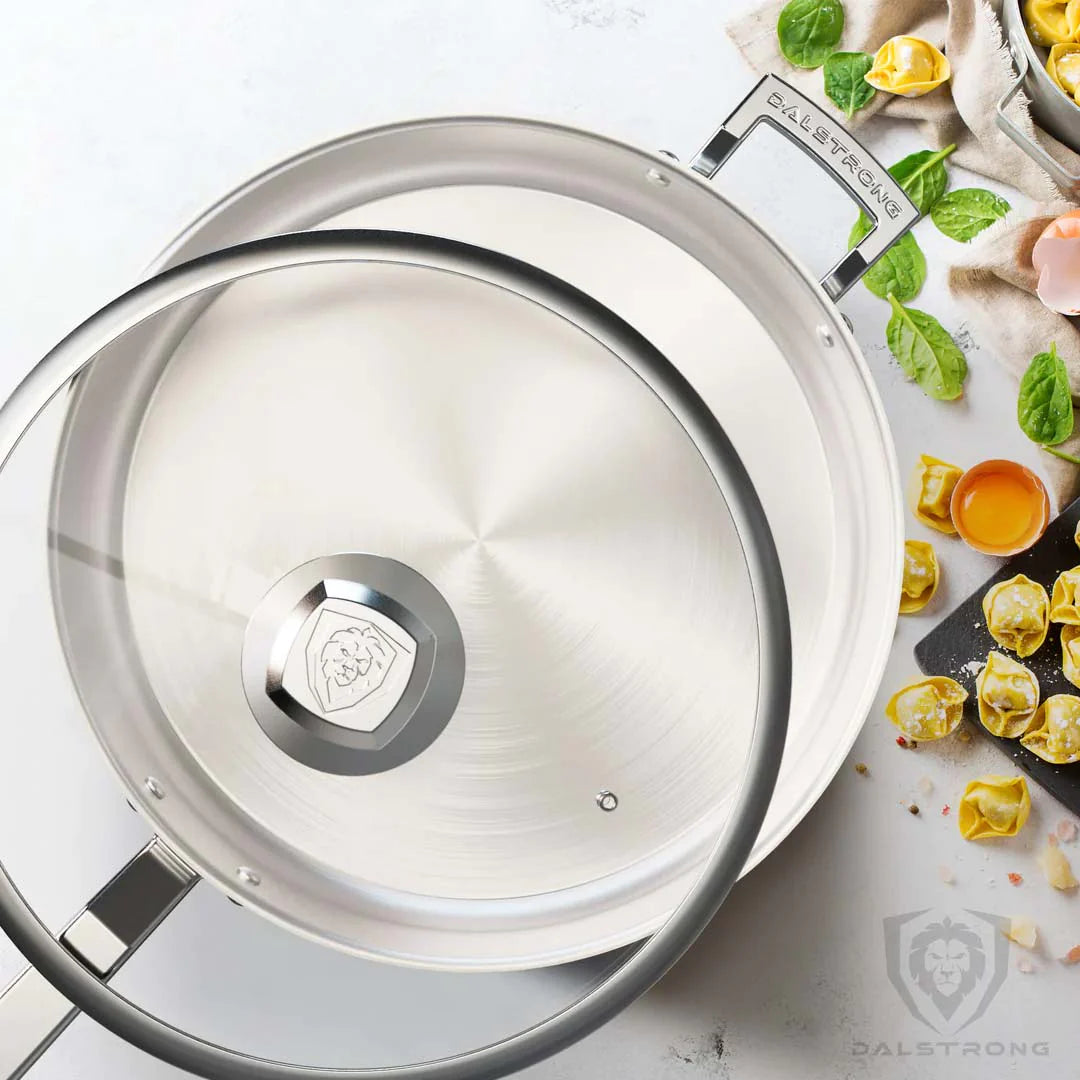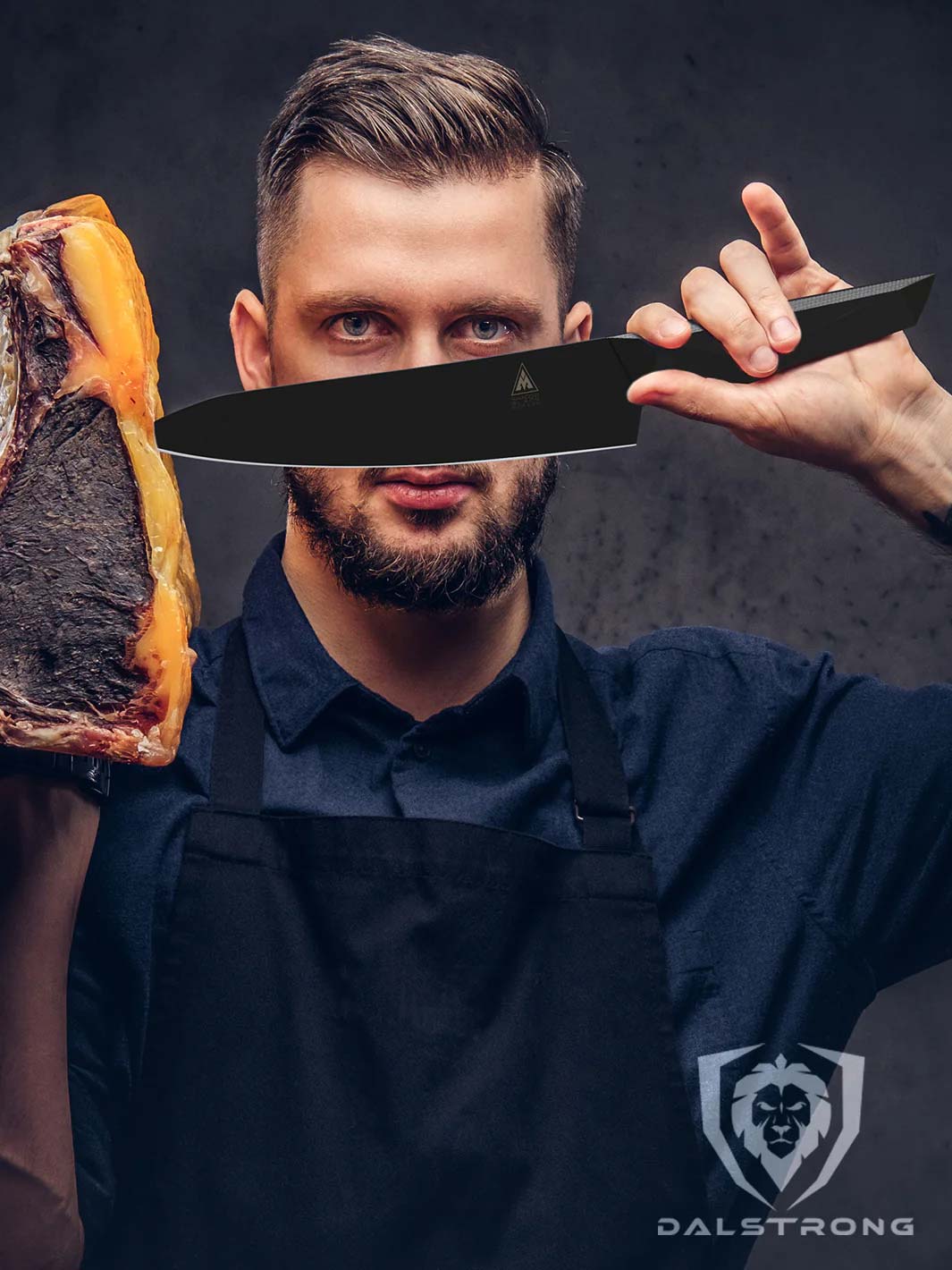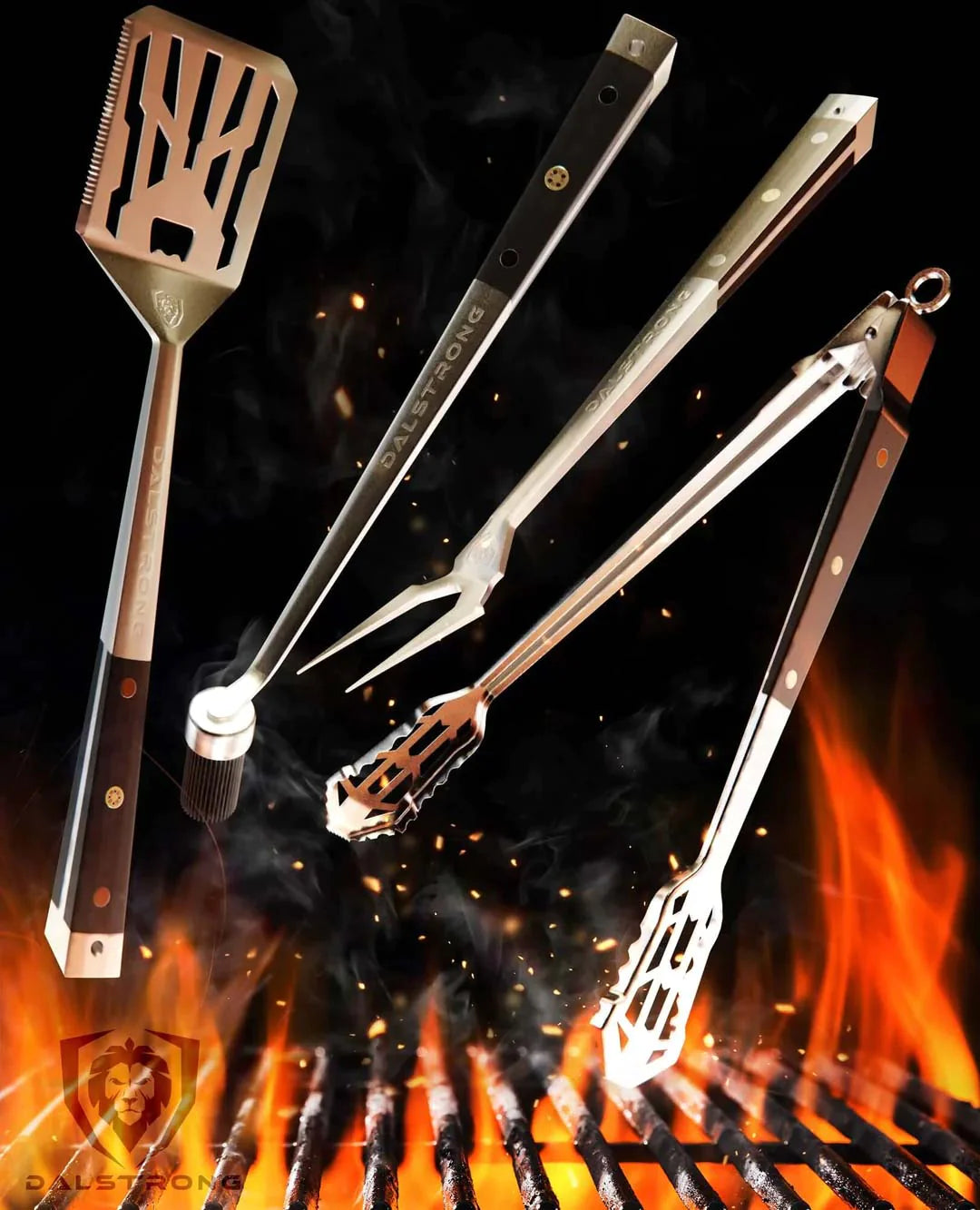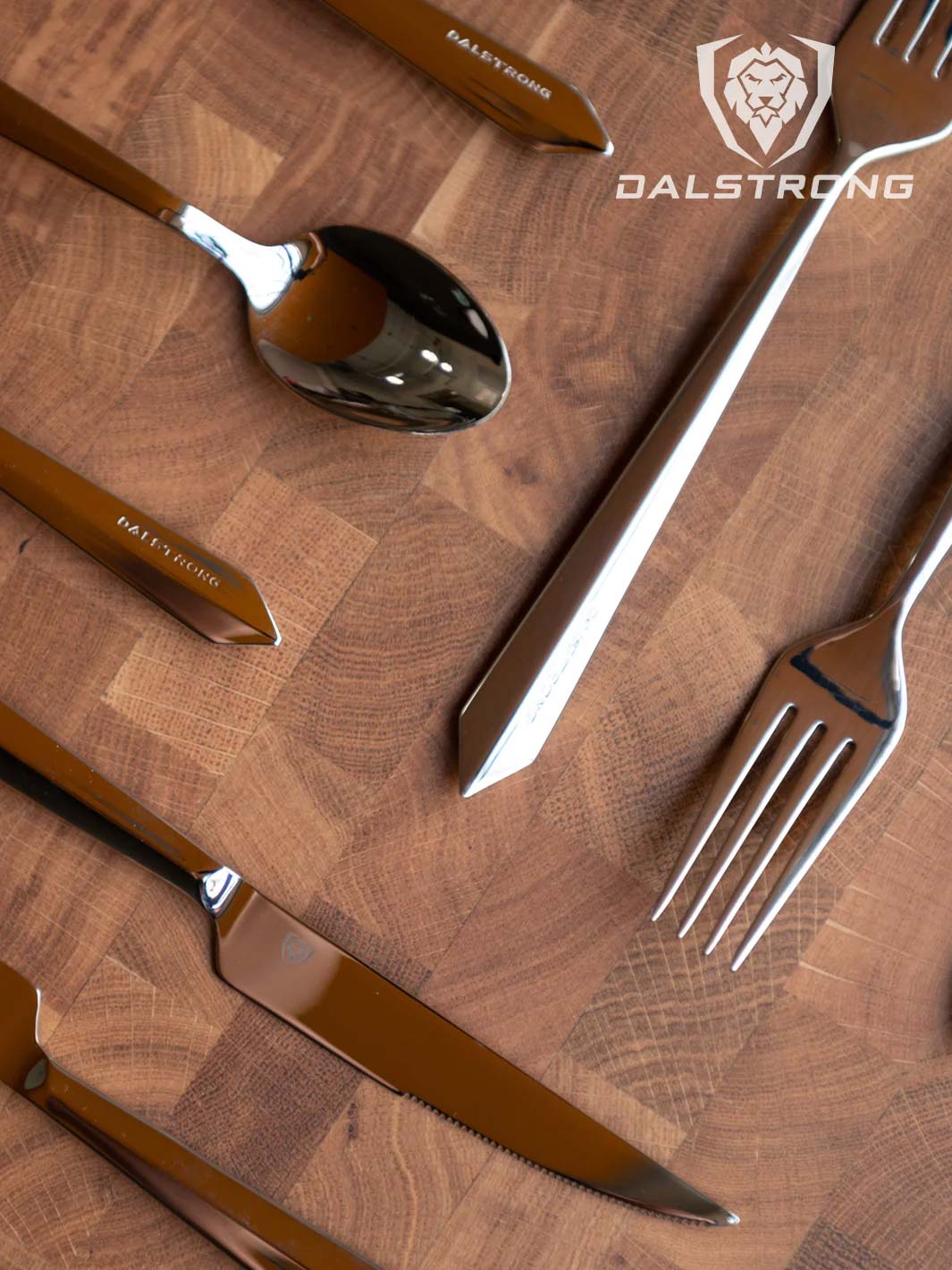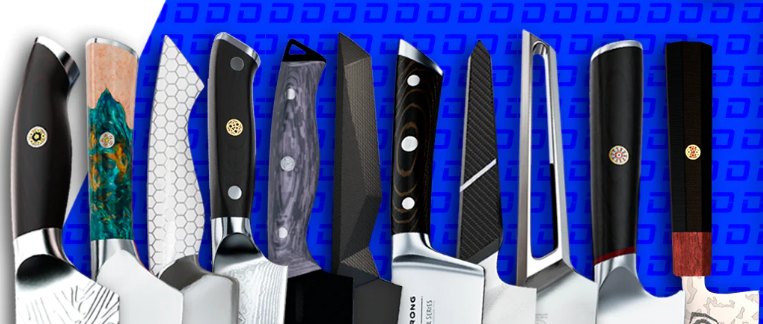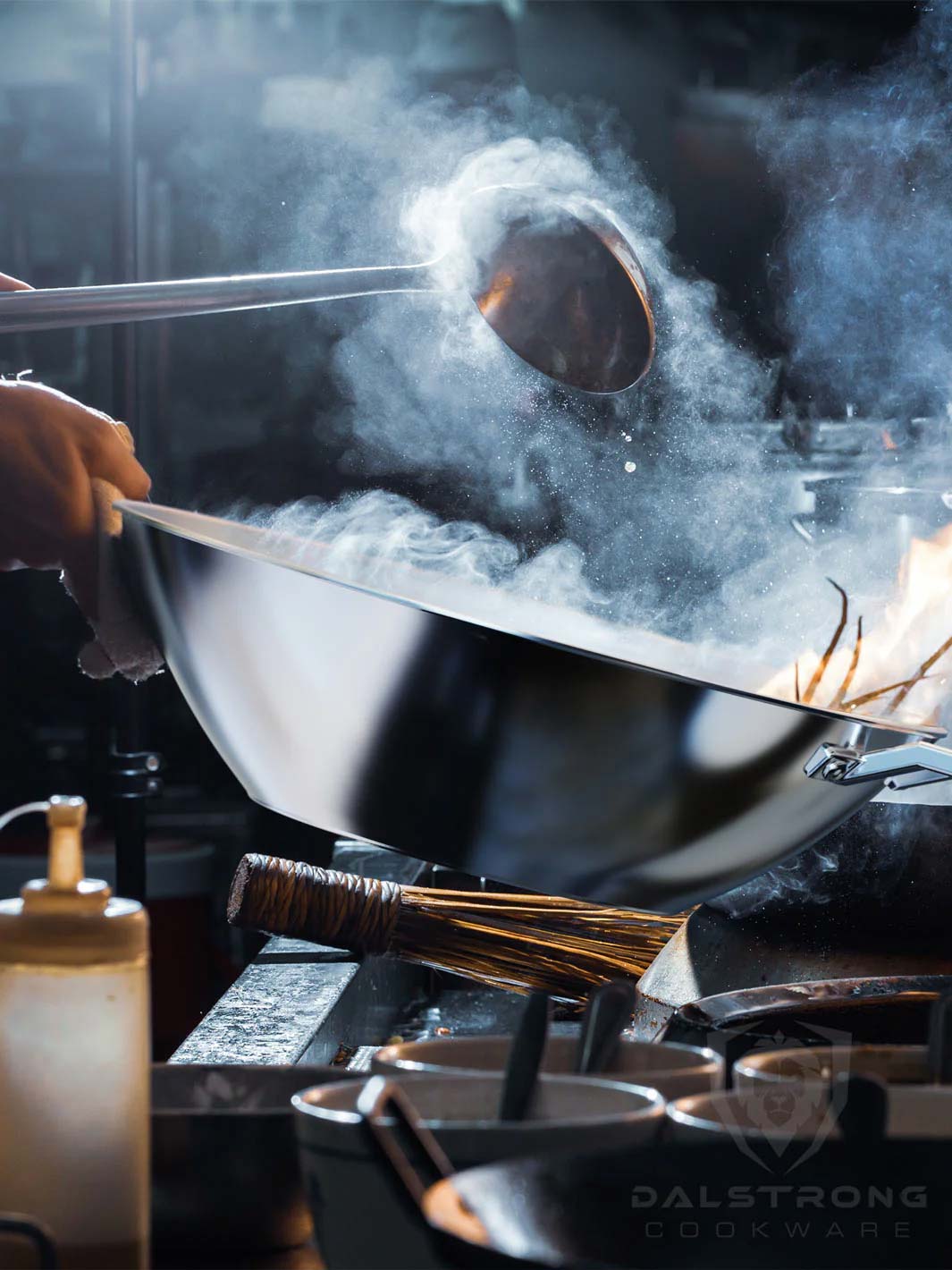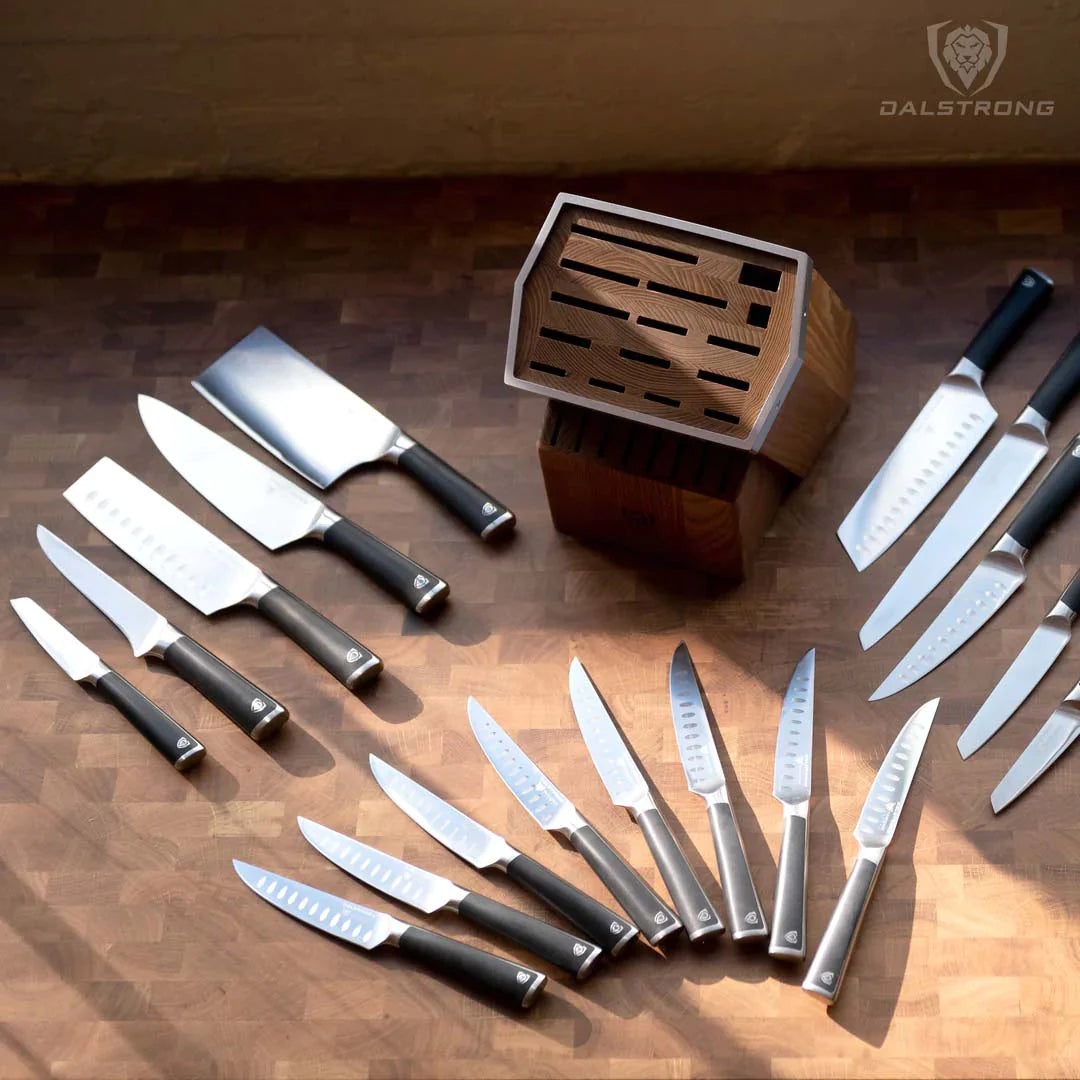What Makes a Great Cleaver Knife?
Your meat cleaver: the toughest, weightiest, most bone-obliterating knife in your block...Or it should be, if you’ve got the right one.
This article will dive into why you should care about the type of cleaver you invest in and what to look out for.
Gain some helpful guidance before taking the plunge and adding a new cleaver to your collection.
What is a Cleaver Knife Used For?
A meat cleaver is bold and brawny. It is also known as a bone chopper and is the heaviest and largest of kitchen knives.
It's the go-to kitchen blade for breaking down meat and hacking through small to medium bones and tough connective tissue.
You can use it to chop through tough-skinned squash, melons, and large tubers. When other knives just don’t make the cut, the cleaver’s got you covered.
What Is the Best Cleaver Knife?
Cleavers are a force to be reckoned with, handling tough jobs that could damage lesser knives.
Perhaps you’re breaking down ribs, chopping through lobster shells, or separating a whole chicken. You need a knife that can withstand the impact.
On top of durability, you need a cleaver with:
- Balanced weight for control.
- Tough steel to endure a beating.
- A cutting edge that can slice cleanly without crushing foods.
Let’s take a look at each of these elements in detail.
Cleaver Design
A kitchen cleaver comes in various shapes that range from tapered, thinner blades (like a Chinese vegetable cleaver), to a wedge-like shape more common in Western blades.
A Western cleaver’s design is thick from the cutting edge to the spine. The edge can range from 13 degrees (thin) to 25 degrees (wide). It can deliver a powerful striking force and is quite durable.
At the other end of the spectrum are cleavers that resemble a Chinese chef's knife. They have thin blades and cutting edges with a tighter angle.
Blades like these are more agile, giving you greater control and cleaner cuts. The major disadvantage is how quickly they can wear out. This happens along the cutting edge with nicks resulting from the thinner construction.
Fortunately, you can find a cleaver that is a blend of the two. Be on the lookout for one with an acute cutting edge (around 15-17 degrees). It will offer you a thorough, clean cut as well as durability.
Blade Weight
As expected, a longer blade will also run you a heavier knife. An 8-inch cleaver can weigh up to 2.0 lbs.
A knife of this size can hew through almost anything but is tiresome to use. The loss of accuracy due to fatigue can make your work sloppy.
A model with a short 6-inch blade could be too light, weighing a mere 10 oz. It is easier to use a lighter knife, but it can also turn out to be more tiresome. This is because you need to exert extra effort to cut through small bones.
A cleaver that weighs around 1 lb has enough power to give you a clean, one-swing cut with accuracy. An average user can handle this range well and won't find it excessively tiring.
Blade Size
The length and height of a blade can affect its overall efficacy and dexterity. The length is useful for cleaving large items. Height is important for adequate knuckle space and helps the knife cut on a straight plane.
An ideal measurement ranges between 7-8 inches in length with a minimum of 3.2 inches in height.
If you use a blade that is too short, it tends to lodge into big items. Get one that is too long and it could become unwieldy with a loss of accuracy.
Cutting Edge
You can always pick out a great knife by its blade design.
 Gladiator Series 'Obliterator' 9" Heavy-Duty Meat Cleaver
Gladiator Series 'Obliterator' 9" Heavy-Duty Meat Cleaver
Knives get put through the wringer. They have to withstand repetitive impact with bones, thick chunks of meat, cartilage, and the chopping board.
When making a purchase, most people look for durability. Similarly, you want a knife with a cutting edge that is resilient and tough.
Pro tip: Invest in a wooden butcher block when using a bone chopper. It’s the best surface for chopping dense ingredients!
Cleavers with tough resilience are made using steel that is tempered in a range of 54-58 hardness on the Rockwell scale (HRC). But remember, all knives need proper maintenance to stay consistently sharp.
This ensures that it can hold a cutting edge without chipping, buckling, or rolling. Get a blade that isn't brittle, made of tough, soft steel that can still be sharpened.
Look for a meat cleaver with a “V” edge or flat grind as this gives a durable edge meant for batoning and chopping.
Heavy Balance
A cleaver’s weight comes from the blade. This makes the knife fall forward naturally. That’s why they are designed to be blade-heavy.
The downfall is that too much weight can give your swing poor control. The forward section of your cutter could be the only part making contact. The overall result is a loss in power brought about by the steep angle at impact.
A cutter with a full tang offers you proper control and balance for knife longevity and strength. If your knife has a weight that is evenly distributed towards the handle, you will have better aim and control which ensures easier chopping.
Handle Variety
Never overlook the handle when choosing a kitchen cleaver. The handle adds to the efficiency and enjoyment of these big knives. It's mostly a matter of personal choice and learned preference.
Some people like a handle with ergonomic contours while others prefer a straight grip.
Like many kitchen tools, we’re looking for that perfect Goldilocks fit. Cleavers with handles that are too long can feel clumsy in your hands. Handles that are too thick or short will restrict your grip.
A handle should also have amazing resilience to it - a material that is rigid (wood or plastic) could easily loosen at the rivets or crack.
The handle you choose should be comfortable, with a non-slip grip - one you can clean with hot, soapy water.
Why Choose Dalstrong?
Our knives are imported from all over the world! We supply you with high-quality knives made of the finest material from Germany, the United States, and even Japan.
Our cleavers are powerhouse tools of ruthless chopping efficiency. They are made of heavy-duty materials that undergo sound methods for mass production.
Our precision forged blades can break down large cuts of meats and poultry, from pork bones to salmon head to endless pounds of chicken.
From the heat of professional restaurant kitchens to butcher shops to home use, our cleavers will work tirelessly beside you, complimenting your style, always dependable and forever brutally effective.
Don’t settle, choose Dalstrong, and have a knife changing experience.
Take it from some of our happy customers:
“In a day and age where good service seems to be on the decline, it's easy to tell that Dalstrong really cares about their product and making the customer happy.” – Kainoa K.
“Excellent knives. I have bought them for all of my family members so far! Will keep on purchasing. Great price and excellent blades of quality!” – Christopher J.
Dalstrong offers you a money-back guarantee or 100% satisfaction on our knives. If you don’t like it send it back, it's that simple with us.
Visit our shop today and find the best meat cleavers to add to your collection!
You can also check in with our Expert Knife Finder Quiz and get specific recommendations based on your needs.









































































































































































































